Thanksgiving dinner is more than just the meal. It’s more than the table decorations and the pumpkin pie; it’s about the meaning behind our traditions. I think that’s why Thanksgiving is my favorite holiday; more important than the results is the intention behind what we do.
Thanksgiving is all about bhakti, or devotion—it’s an opportunity to convey the spirit motivating your efforts. What mood do you want to create? What feeling are you trying to communicate? Your menu and your table don’t have to be formal, but there’s a beauty in the formality of tradition—the extra time and energy that goes into making it a special day.
This year I’m pouring myself into a centerpiece for my Thanksgiving table. I gathered flowers at the 28th Street flower district in warm, rich hues that capture the essence of fall. I bought an oasis for two dollars and schlepped my supplies home on the train (I love how in New York we have to buy leaves, whereas in the rest of the world you can just snip some branches off the trees in the backyard)! I sprawled everything out of my kitchen table and got to work.
I think it’s tempting for folks to look at something beautiful like a flower arrangement and think to themselves, “Wow, that’s so pretty, but obviously I could never make that.” We believe that experience and skill are needed to even try. The truth is, you could totally make this arrangement! In fact, I think of all the creative domestic pursuits, flowers are probably the most forgiving. It’s truly a matter of experimentation and personal taste.
The most important factors in creating a centerpiece are focus, density and shape. First, choose the flower you’d like to make the focal point of your arrangement. I chose the peach Juliet roses and made them the anchor of my centerpiece by placing three of them together (odd numbers create a sense of movement). I accented the roses with pink celosia, which add a richness to the mood of the piece.
Second, the arrangement has to appear full, so when you’re buying your flowers, be sure to include filler—any kind of foliage that can fill in the gaps around the flowers. I chose these deep burgundy-colored leaves and bunches of fresh eucalyptus.
The best part about creating a centerpiece is that if you don’t like where you placed a flower, you can just take it out and put it somewhere else. Nothing is permanent.
A floral centerpiece makes a statement, so you can keep the rest of your table decorations simple. I’m going to use my grandmother’s vintage turkey plates and some basic linen napkins.
I can’t wait to see what you come up with. Remember that this is not only an opportunity for you to meditate on your intention, but to manifest it through the creative process. Unbuckle your seatbelt and create without fear!

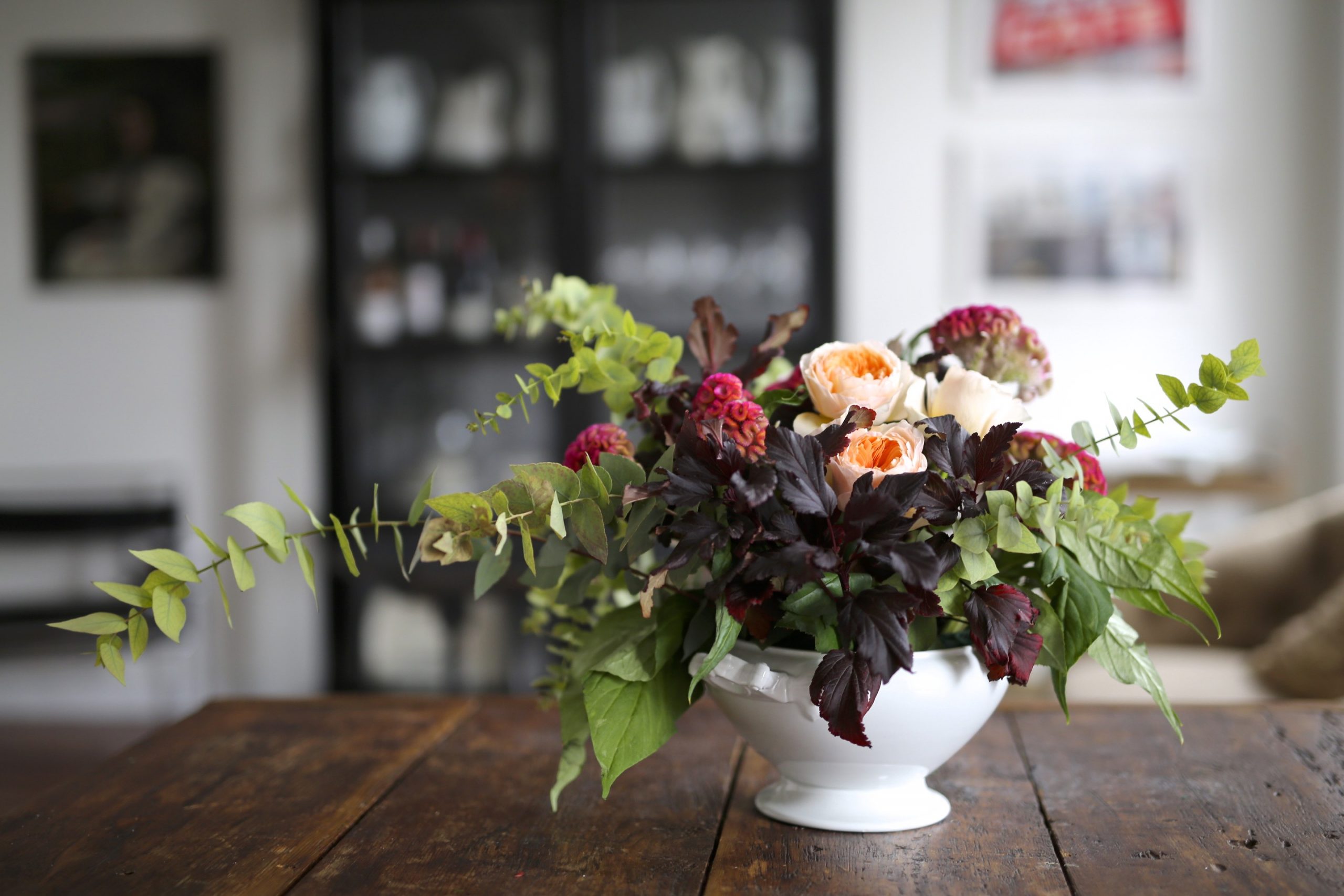
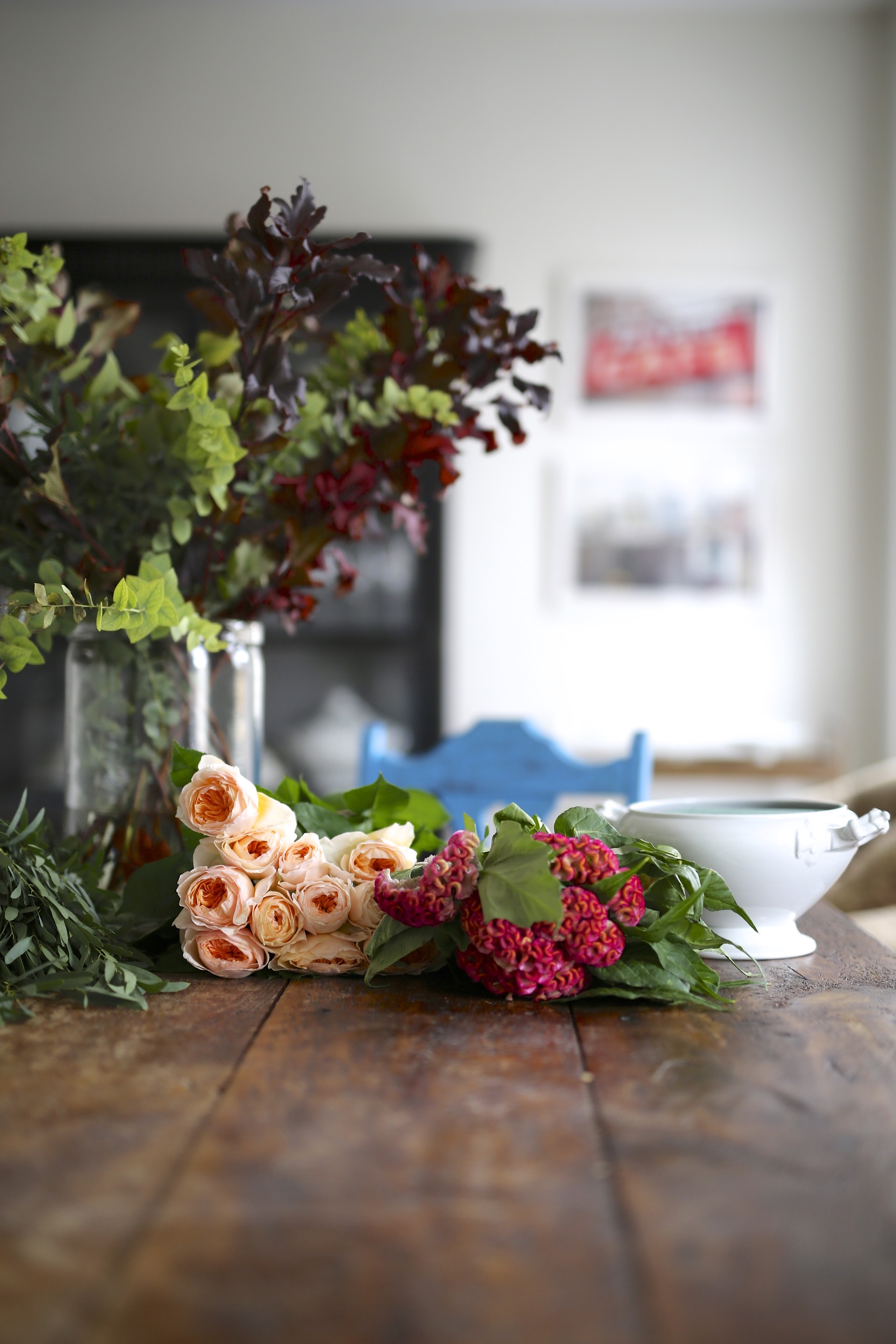
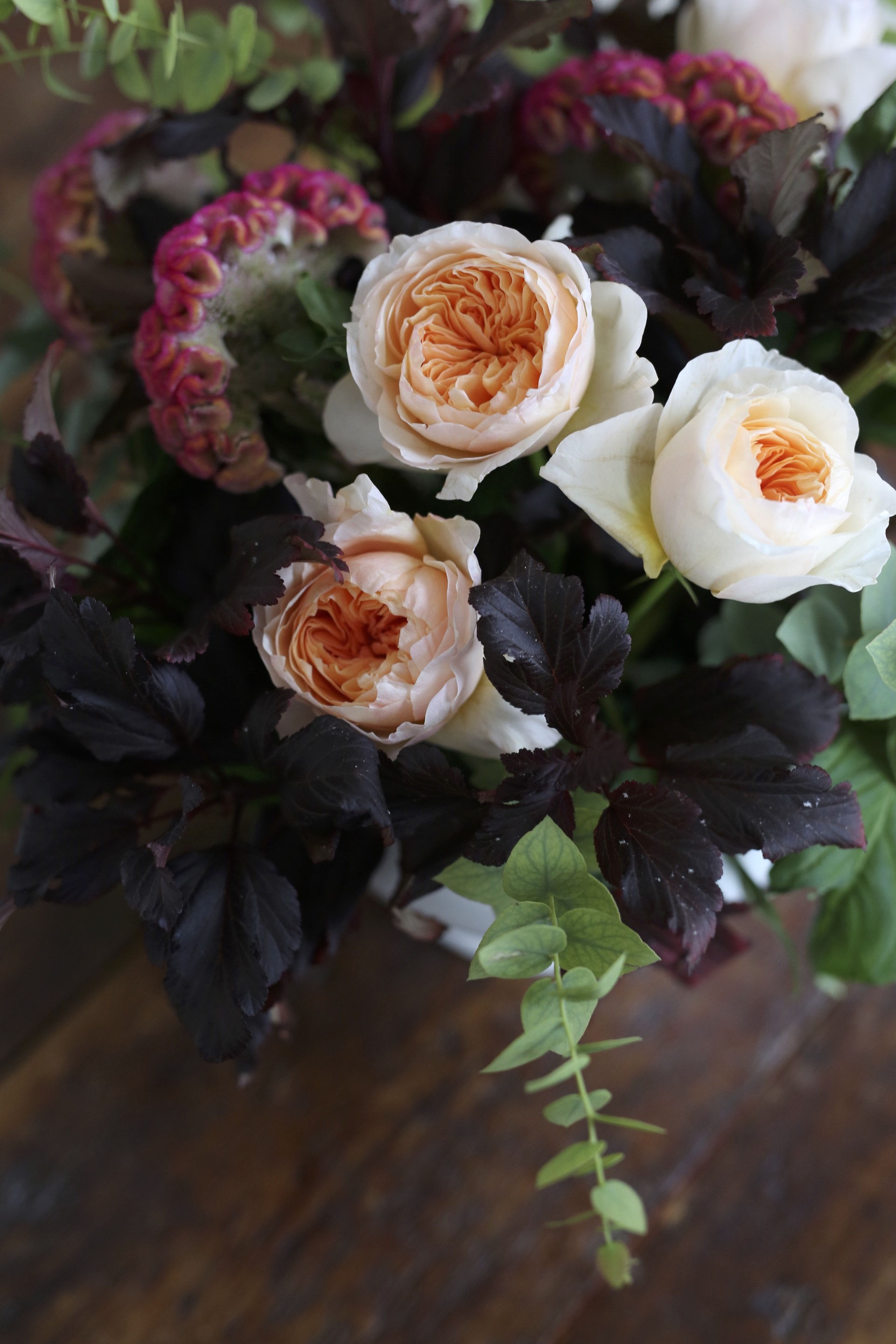
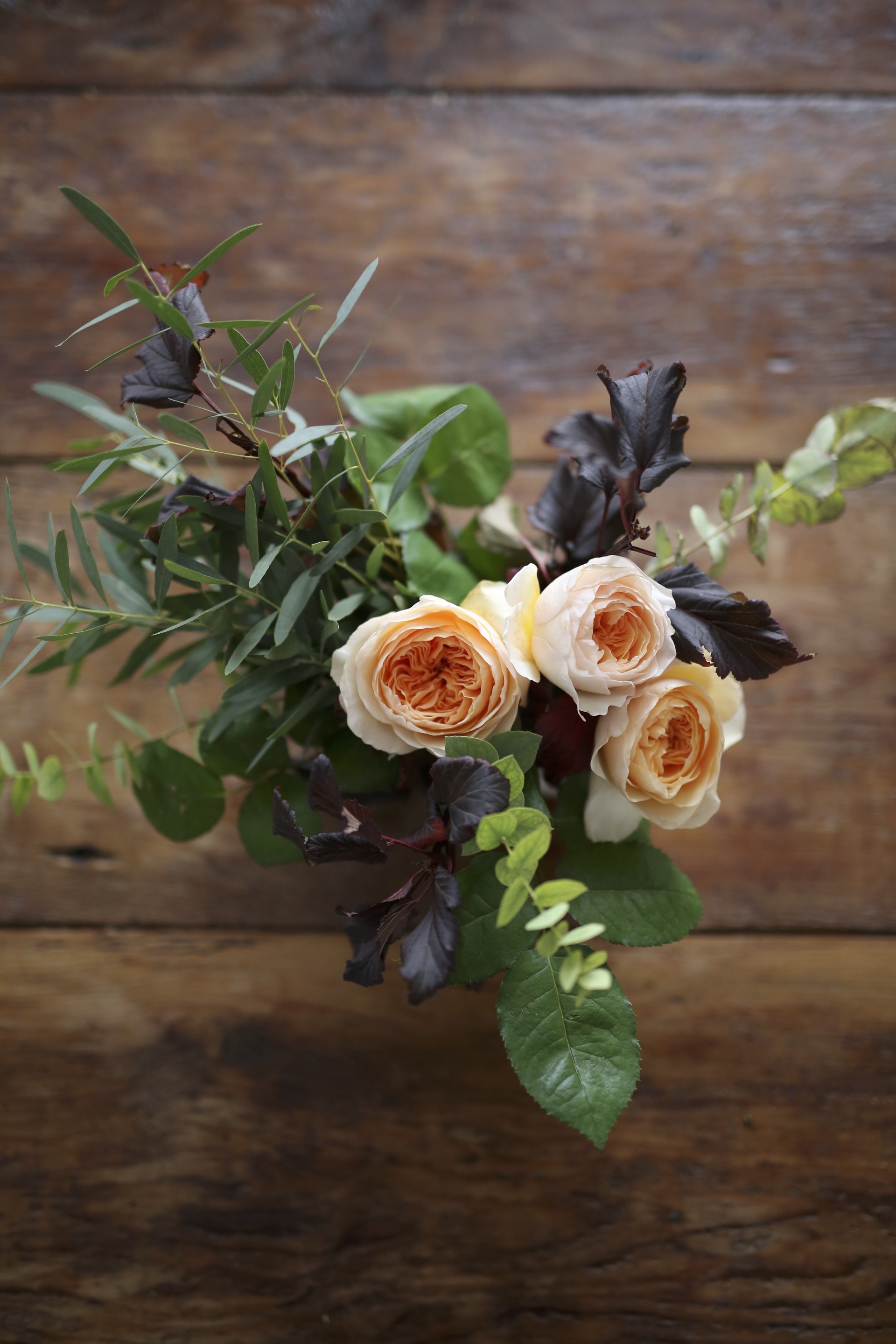

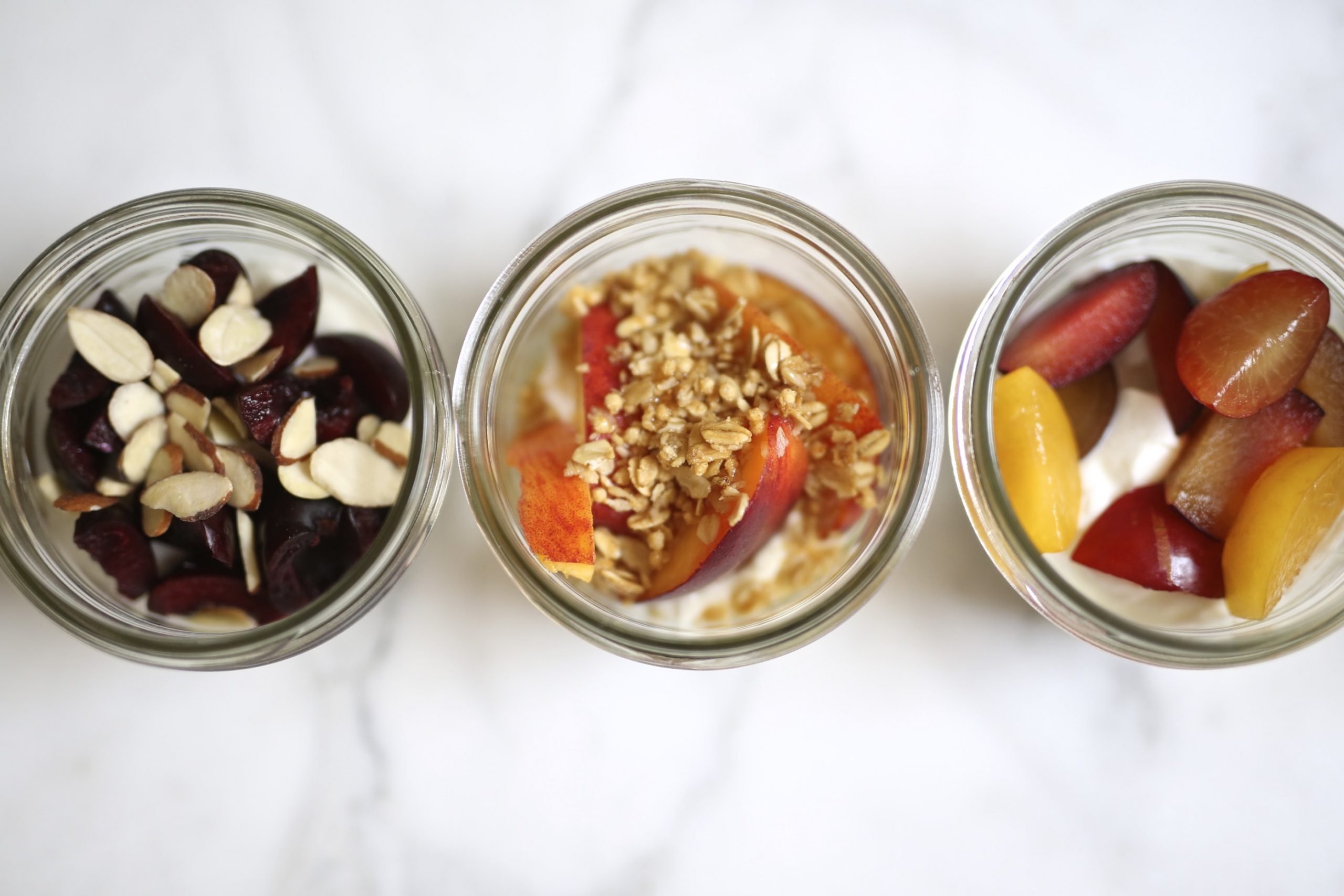
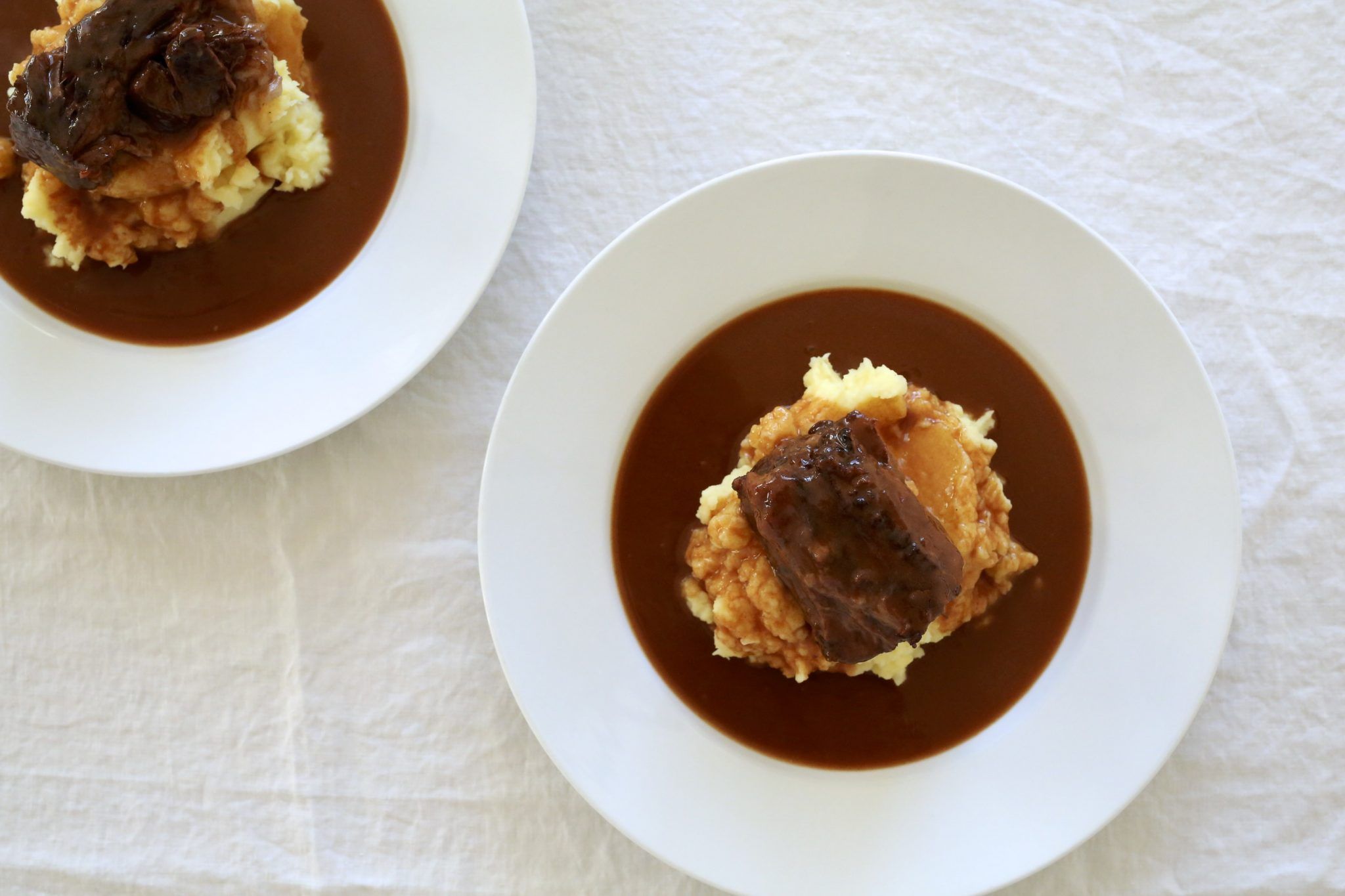

Join the Discussion